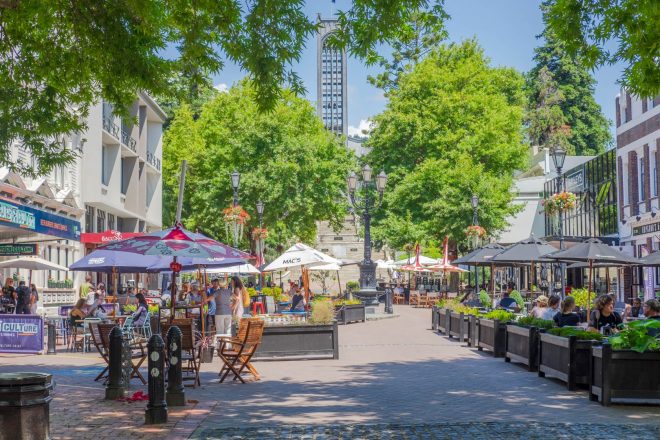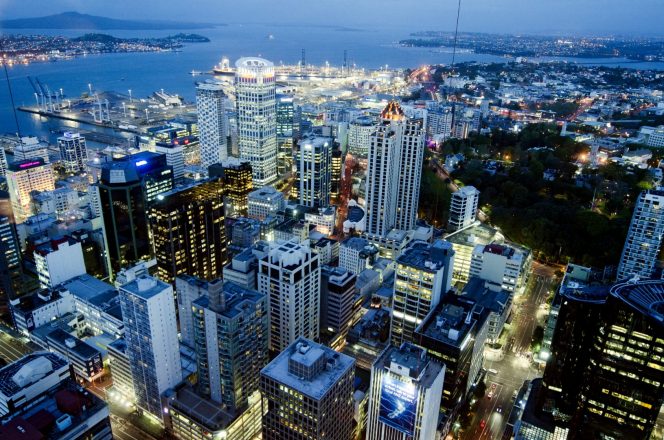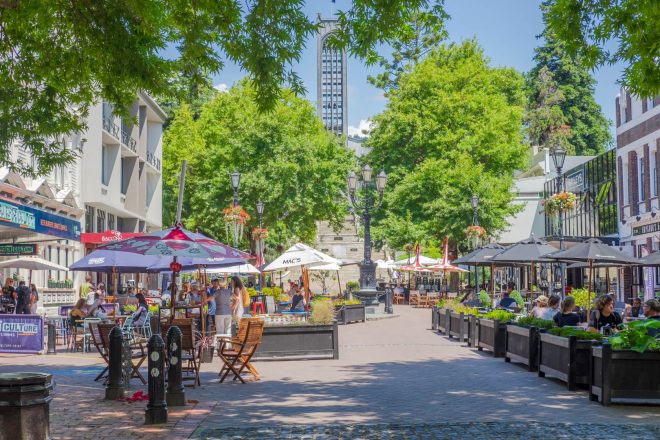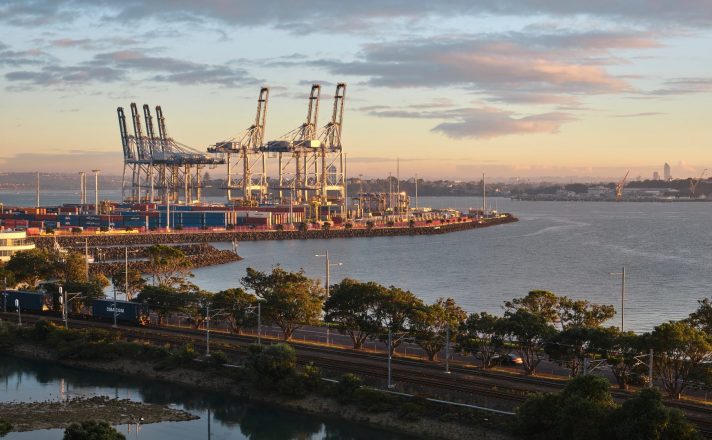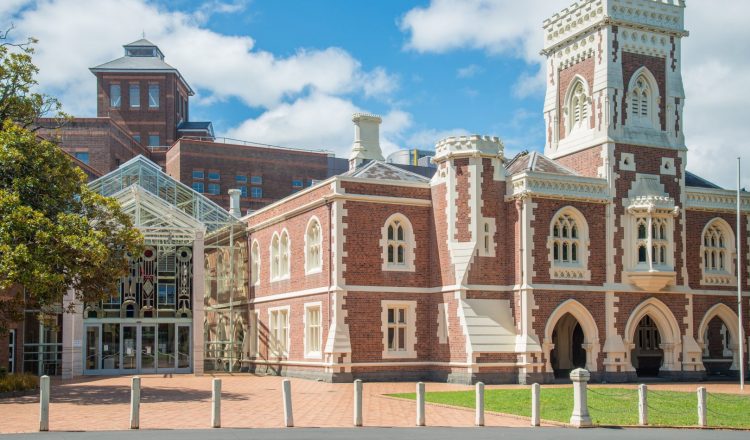商法
商法では、ニュージーランドにおける競争法の原則が定められています。商取引法は商務委員会によって施行されている。
(a) 制限的な取引慣行
以下の制限的な取引慣行は禁止されています。
- 関連する市場における「競争の大幅な軽減」の目的、効果、または可能性のある効果を有する契約、取り決めまたは理解
- カルテル規定を含む契約、手配、または理解は、物価固定、アウトプットまたは市場配分の制限(特定の共同活動、垂直供給契約、共同売買およびプロモーションの手配)の目的、効果、または可能性のある効果を有する条項である場合があります。これを免除し、当事者は、共同活動の免除が適用されると考えれば、通商委員会にクリアランスを申請することができる)。
- 市場における実質的な力を反競争目的で活用すること。そして
- 再販価格保守(サプライヤーが小売価格を管理している場合)。
違反に対する罰則
制限的な貿易慣行に従事するために、大規模な金融罰則を注文することができます。個人の罰則は最大500,000ニュージーランドドルです。会社の罰則は、次のうち大きい方までです。
- 1000万ニュージーランドドル。
- 違反による商業利得の3倍の値。または
- 会社(およびその相互接続企業)の売上高の10%。
2019年4月8日に商業(カルテルの犯罪化)改正法が法律に可決された。これにより、カルテルは犯罪行為となり、個人が最大7年間の懲役または最大500,000ニュージーランドドルまたはその両方の罰金を科すカルテル行為に対する罰則を改正します。この刑事罰は2021年4月8日から施行されます。
(b) 競争を大幅に軽減する買収
一般的なルールは、市場における競争を大幅に軽減する効果がある、または発生する可能性のある合併や買収は禁止されています。
市場(Market)は、ニュージーランドの商品やサービス、その他の商品やサービスの市場で、実際や商業的常識として代替可能なものです。
濃度インジケータ
商取引委員会は、事業買収が市場における競争を大幅に軽減する可能性が低いかどうかについてのガイダンスを提供するために、特定の「集中指標」を採用しています。合併後の場所は次のいずれかです。
- 市場における3大企業の総合市場シェアは70%未満であり、合併した事業体の市場シェアの40%未満となる。または
- 市場における3大企業の総合市場シェアは70%以上であり、合併した事業体は市場シェアの20%未満を占める。
「垂直」の買収(上流・下流を問わず)も商法の対象となる。ただし、そのような買収には類似の濃度指標は存在しない。
クリアランス
ニュージーランドは自発的な通知とクリアランス体制を持っています。買収を検討している当事者は、買収による競争の大幅な軽減につながるかどうかについて疑問がある場合は、クリアランスを申請することができます。
オフショア反トラスト規制当局によって与えられた国際合併のクリアランスは、ニュージーランドでの取引を保護するものではありません。合併にニュージーランドの事業が関与し、取引によって関連するニュージーランド市場における競争が大幅に減少する可能性がある場合、当事者は商取引委員会からクリアランスを求めることが適切かどうかを検討する必要があります。
商務委員会は、高等裁判所から次のような宣言を求めることができます。
- 海外人は、ニュージーランド以外の事業または株式の資産を買収することにより、ニュージーランドの団体企業に対する支配的な利息を取得している。
- その支配する利息の獲得は、ニュージーランドの市場における競争を大幅に減少させる効果がある、またはその可能性が高い。
そのような宣言が認められた場合、商取引委員会は、ニュージーランドでの事業中止の命令、株式その他の資産の処分、またはその他の措置を講じる命令を含む、支配利息が取得されたニュージーランド団体企業に対して様々な命令を申請することもできます。裁判所は、法律の目的と一致していると判断します。
認可
合併によって競争の大幅な減少が生じた場合、当事者は商取引委員会に承認を申請することができます。しかし、当事者は、合併に関連する公的利益が反競争上の害を上回ることを商取引委員会に納得させる必要があるため、承認は非常にまれです。
違反に対する罰則
当事者が事前のクリアランスまたは承認を求めずに買収を進めることを選択し、商取引委員会が買収によって実質的に競争が減ると考える場合、欧州委員会は差止命令(買収が先に進むのを防ぐ)、「中止と停止」命令を求めることができる。および/または売却命令。ペニカルペナルティも注文できます。個人では最大50万ニュージーランドドル、企業では最大500万ニュージーランドドル。
(c) 競争研究
商取引委員会は、以下を行うための幅広い権限も持っています。
- 商品またはサービスの供給または取得に関する競争に影響を及ぼす可能性のある要因に関する競争調査(市場の構造、条件、パフォーマンスの調査を含む)を実施すること。
- 競争調査の結果を記録した商消費大臣への競争報告書を作成し、幅広い提言を行う。
これらの市場調査は、大臣によって開始することも、商取引委員会によって自己開始することもできます。

















































